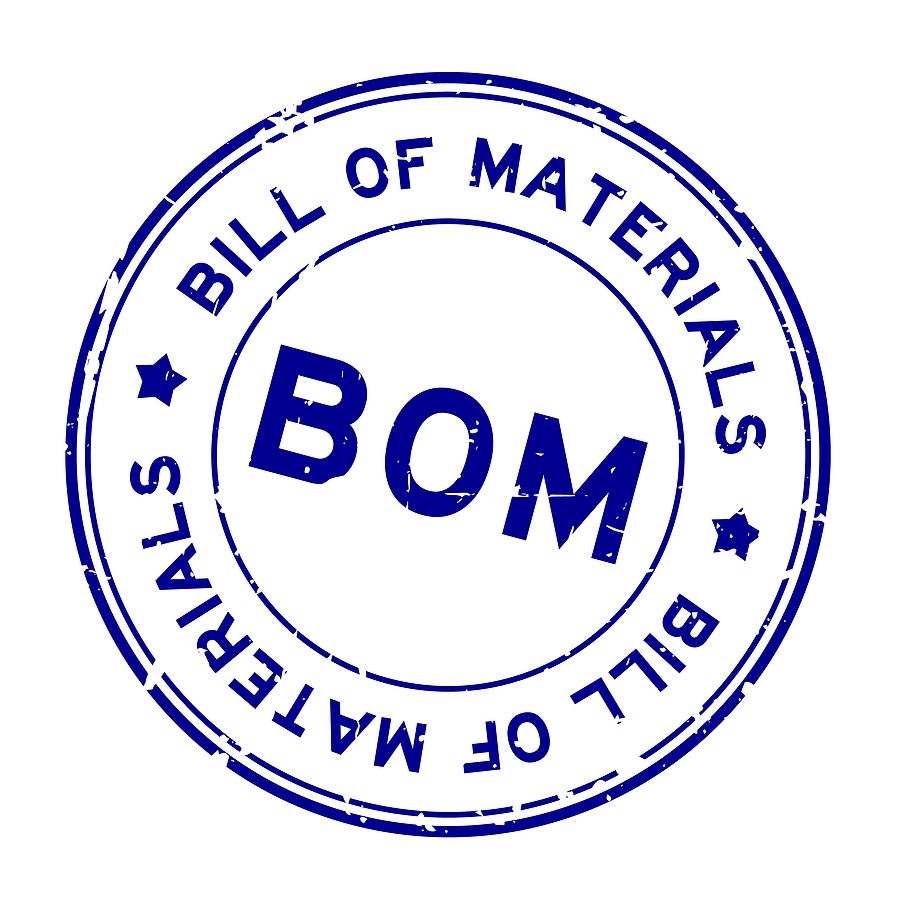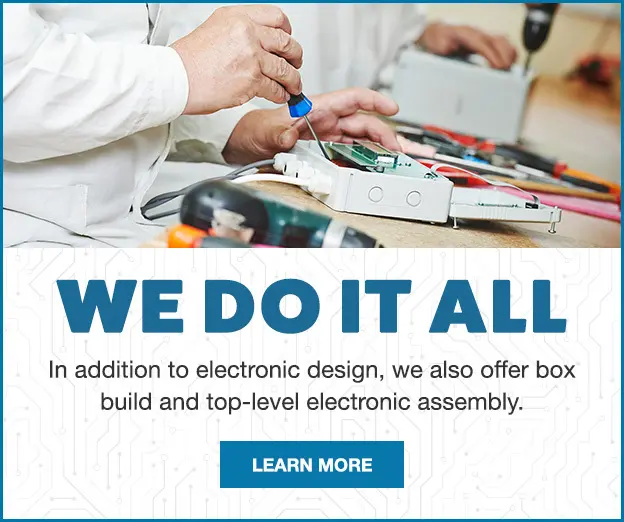Does Your Bill of Materials Include Everything it Should For Your Electronic Manufacturer?
Your Bill of Materials (BOM) is a file that should include all the information required for your PCB assembly with your electronic manufacturer. Without a BOM, there could be miscommunications, problems during assembly, and revisions that may result in delays. It is always best to make sure that your BOM is complete and accurate before the manufacturing process begins.

Printed Circuit Board Assembly
Be sure to include the reference designators for your PCB assemblies. This will help your estimator double-check that everything that should be in your quote is in there. The reference designators also come in handy when your electronic contract manufacturer needs to find substitutes or crosses for unavailable parts. Plus, it’s always helpful to have the ability to physically look at the board and compare it to the reference designator to make sure everything fits before a production run begins.
Cable Assembly
Cable assemblies often have connectors. Some connectors come with their contacts/pins and some need to be ordered separately. To be safe, include the pins on the bill of materials as a separate item, even if they do come with pins. It’s infinitely better to have a bunch of extra pins than to have to wait for them to arrive.
Component Values
Providing the values of the components used in the assembly, such as resistance and capacitance, helps the manufacturer understand the exact application requirements and can help find the exact components necessary for your PCB design and manufacturing so your end product performs as it should.
Quantity
Having the right quantity of the components is important. You don’t want to overbuy or fall short, as that can increase your costs or cause unnecessary delays. When building your BOM, make sure that you specify the exact quantity of each part needed.

Assembly and Placement Method
The two most popular placement methods are through-hole and surface mount technology. Knowing which method you are hoping to use to assemble the parts and components will help the manufacturer determine the right parts for your build.
Parts Description
The parts description should include all the specifications and application requirements. This will help the manufacturer understand and identify the right component for your PCB design and manufacturing. This can also assist in the event your parts need to be swapped out due to parts obsolescence or can determine whether or not you will need to change the design to accommodate newer parts or a custom design to achieve your end product goals.
Part Name and Numbers
Naming the necessary parts is important, but there are many similar parts. Most distributors provide an identification number for every part and providing the exact part numbers necessary will help obtain the exact parts you need quickly.
Manufacturer Name
It’s important to mention the name of the manufacturer you prefer to use in assembly, along with alternative manufactures. This will allow your ECM to choose parts and components you prefer, while saving time in case the parts from the primary manufacturer are unavailable.
Unit of Measurement
There are several measurement units that can be used. “Each” is typically used, but ounces, feet, and drops are also common. Consistency of measurement units for the same part types is important in order to purchase and deliver the correct quantity of parts.
Procurement Type
The method of purchasing, whether it is off-the-shelf or made to specification should be noted for each part. This will help in streamlining purchasing and planning and can assist the design team in determining if your design is optimized for the most efficient manufacturing and assembly process.
Start Your Quote Now!BOM Notes
Adding notes to the BOM can help ensure that every product is developed with a minimal amount of waste and delay. Notes can include the phase of design, a description of the product, and any other relevant information.
When providing the BOM for your PCB design, manufacturing, and assembly to your electronic manufacturer, it is crucial to make sure it is thorough and accurate. When you provide a complete BOM, you are giving the best possible information to your ECM and developing a quality partnership. If you’re unsure about whether or not you have all the information necessary in your BOM, contact Levison Enterprises. We have vast industry knowledge, a vetted network of reliable, quality suppliers, and in-house expertise to give your product a competitive edge.